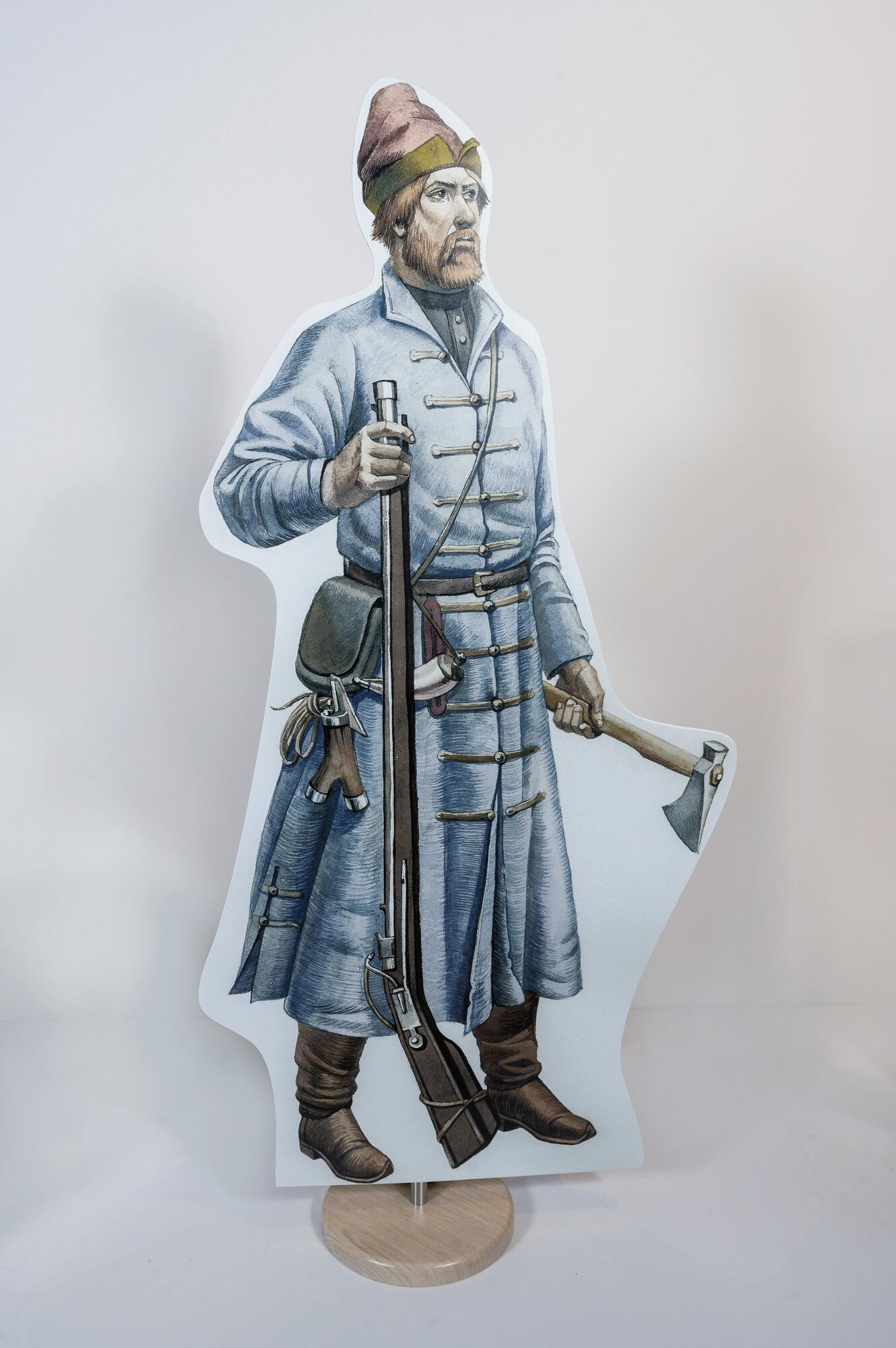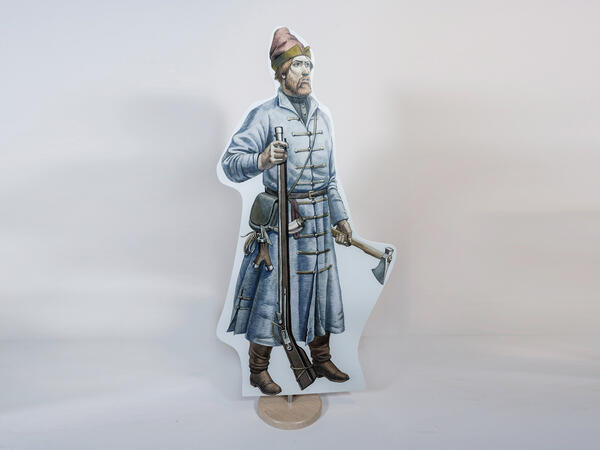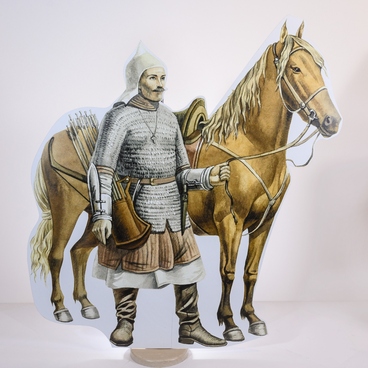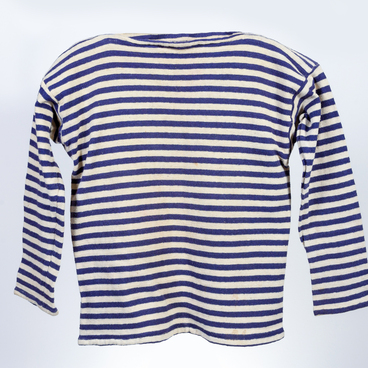The city of Tsaryovokokshaysk — modern Yoshkar-Ola — was founded in 1584. It was primarily of military importance, so its first inhabitants were mainly streltsy — the Russian infantry with bows or firearms.
The streltsy recruited men from “not taxed and not working on arable lands, and not serfs”— that is, not from peasants who had to pay rent or work for a landowner. Over time, the strelets army began to be replenished with sons and other relatives of the service class people — those who were to perform military duties to serve the state. Service people were divided into 3 groups: “by birth, ” or hereditary servicemen, “by choice” from among free citizens, and “by draft” from among peasants who were recruited in case of war. A special category was made up of church people — mostly monks and novices who could go into battle if necessary. The church was responsible for arming them.
During the reign of Ivan the Terrible, the main military branch was cavalry. The streltsy supported it: they covered retreats, fought where it was difficult for cavalry to deploy, and struck from afar.
The first strelets army consisted of about 3,000 people who were divided into six units — prikazy. Gradually, the number of soldiers grew, and by the beginning of the 17th century, it reached 20,000 with half of them being a permanent Moscow garrison. In peacetime, streltsy acted as policemen and firefighters in the cities. They received money and food for their service. They were exempt from paying court fees, as well as taxes on crafts and trade. Many streltsy also received free land.
The strelets garrison of Tsaryovokokshaysk — modern Yoshkar-Ola — consisted of 200 people throughout the 17th century. They were commanded by two sotniks (commander of a hundred men) from among the military nobles. Moreover, the unit was subordinate to the local voivode (military leader).
In peacetime, the streltsy from Tsaryovokokshaysk guarded the fortress walls, towers, and city gates, as well as government institutions — assembly house and customs. During the Russo-Polish War of 1654–1657, they served in Tsaritsyn (modern Volgograd) and other cities of the Volga region, defended southern border territories — Zasechnaya cherta, or abatis lines.
Most of the Tsaryovokokshaysk streltsy were armed with bows: there were not enough firearms for everyone. Their melee weapons were battleaxes and bardiches. Sables were rarely used: they were very expensive in the 17th century.
The streltsy recruited men from “not taxed and not working on arable lands, and not serfs”— that is, not from peasants who had to pay rent or work for a landowner. Over time, the strelets army began to be replenished with sons and other relatives of the service class people — those who were to perform military duties to serve the state. Service people were divided into 3 groups: “by birth, ” or hereditary servicemen, “by choice” from among free citizens, and “by draft” from among peasants who were recruited in case of war. A special category was made up of church people — mostly monks and novices who could go into battle if necessary. The church was responsible for arming them.
During the reign of Ivan the Terrible, the main military branch was cavalry. The streltsy supported it: they covered retreats, fought where it was difficult for cavalry to deploy, and struck from afar.
The first strelets army consisted of about 3,000 people who were divided into six units — prikazy. Gradually, the number of soldiers grew, and by the beginning of the 17th century, it reached 20,000 with half of them being a permanent Moscow garrison. In peacetime, streltsy acted as policemen and firefighters in the cities. They received money and food for their service. They were exempt from paying court fees, as well as taxes on crafts and trade. Many streltsy also received free land.
The strelets garrison of Tsaryovokokshaysk — modern Yoshkar-Ola — consisted of 200 people throughout the 17th century. They were commanded by two sotniks (commander of a hundred men) from among the military nobles. Moreover, the unit was subordinate to the local voivode (military leader).
In peacetime, the streltsy from Tsaryovokokshaysk guarded the fortress walls, towers, and city gates, as well as government institutions — assembly house and customs. During the Russo-Polish War of 1654–1657, they served in Tsaritsyn (modern Volgograd) and other cities of the Volga region, defended southern border territories — Zasechnaya cherta, or abatis lines.
Most of the Tsaryovokokshaysk streltsy were armed with bows: there were not enough firearms for everyone. Their melee weapons were battleaxes and bardiches. Sables were rarely used: they were very expensive in the 17th century.



